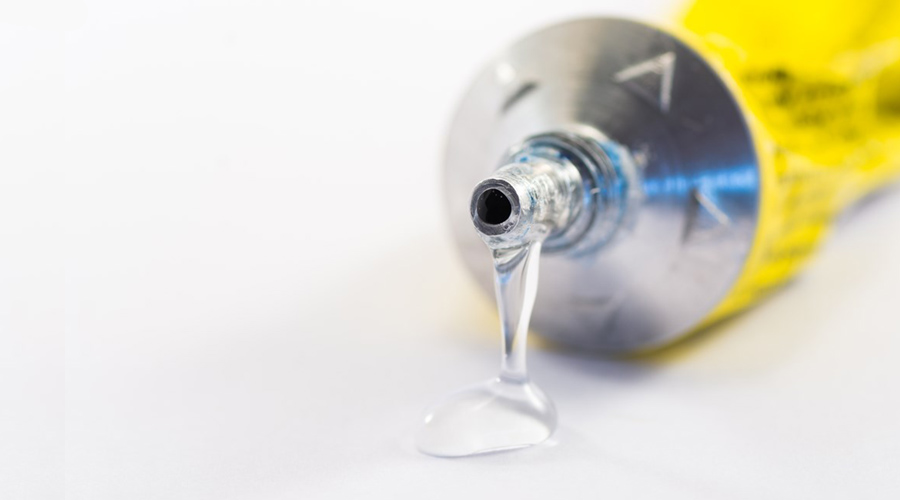
Main Industrial Adhesives
Adhesives are one of the most widely used products in industry, mainly because of their enormous effectiveness and because they guarantee the durability of the elements involved. As a result, there is a wide variety of industrial adhesives on the market.
This sometimes leads to confusion or lack of knowledge about the most suitable products. With the idea of clarification in mind, we have decided to review the main industrial adhesives.
1. Polyvinyl Acetate Adhesives. (PVA)
These are water-based adhesives widely used in the wood, paper and cardboard industry. They are characterised by their ease of use and excellent adhesion to porous materials. They dry quickly and form a strong, flexible bond. In addition, they are non-toxic and do not have a strong odour, which makes them safe and easy to use in closed environments.
They are used in applications that do not require an extremely strong bond, but do require a durable and flexible bond. Some of the common applications of PVA adhesives include bonding wood, paper, cardboard, leather, fabrics and other porous materials.
It is important to note that PVA adhesives are not suitable for use on non-porous materials such as plastics, metals and glass. In these cases, specific adhesives must be used for each type of material.
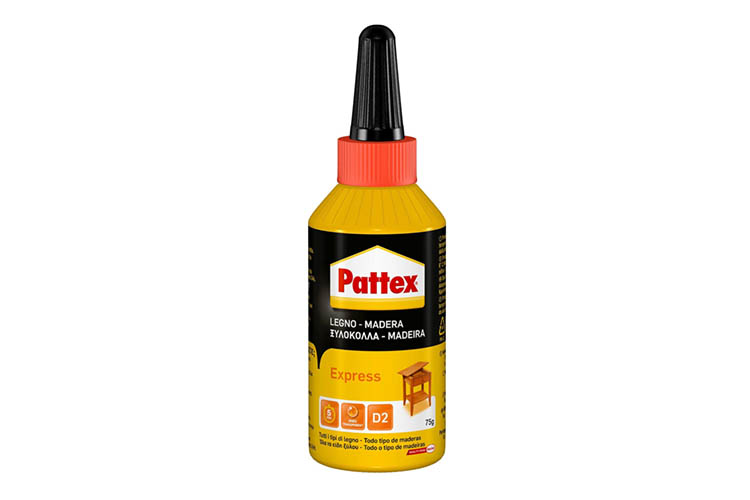
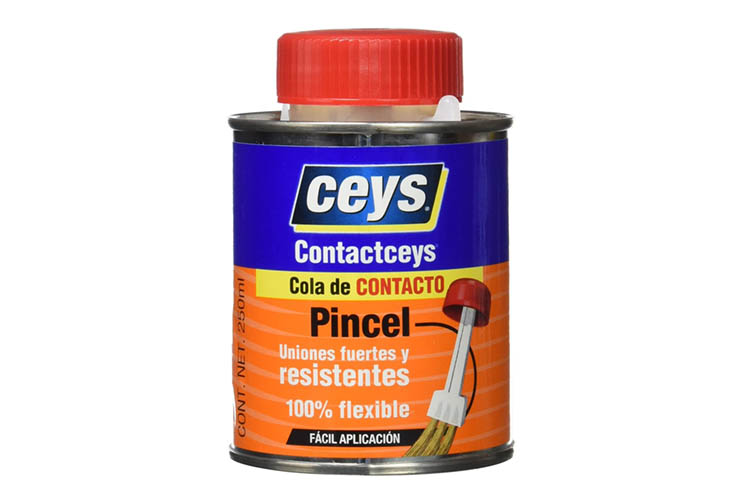
Polyvinyl Acetate Adhesives (PVA)
2. Acrylic Adhesives
These are water-based or solvent-based adhesives that are composed of acrylic polymers and other ingredients such as resins, plasticisers, fillers and curing agents. They are versatile adhesives that can bond a wide variety of materials, including plastics, metals, wood, glass and textiles.
Features include:
- Excellent robustness to weathering, moisture and UV rays.
- High resistance to ageing and degradation.
- High tensile strength and good shock absorption capacity.
- Resistant to solvents and many chemicals.
In general, acrylic adhesives are a good choice for a wide variety of applications, whether outdoors and in harsh environments, or in applications that require a long service life or require a strong and durable bond. These characteristics make them an excellent choice for the chemical and pharmaceutical industry.
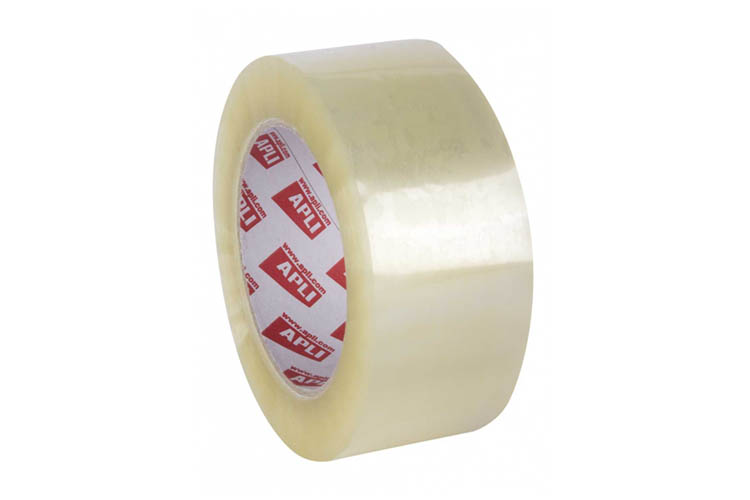
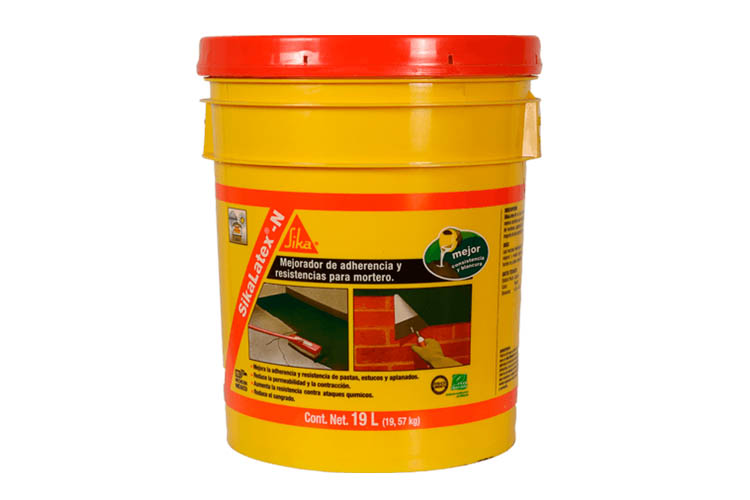
Acrylic Adhesives.
3. Anaerobic Adhesives
Adhesive that activates and cures in the absence of oxygen. It consists of a resin and a hardener that activate when air and light are removed, forming a strong, durable bond.
They are commonly used to bond metals and plastics in industrial applications, such as joining metal and plastic parts in automotive manufacturing and the aerospace industry. They are also used to join rotors and shafts in heavy machinery manufacturing.
Advantages:
- Ability to fill cracks and pores, which helps to improve the mechanical strength of the joint.
- They offer excellent vibration and fatigue resistance.
- They have high temperature and chemical resistance.
- They are water and UV resistant.
- They are ideal for outdoor applications and harsh environments where high durability is required.
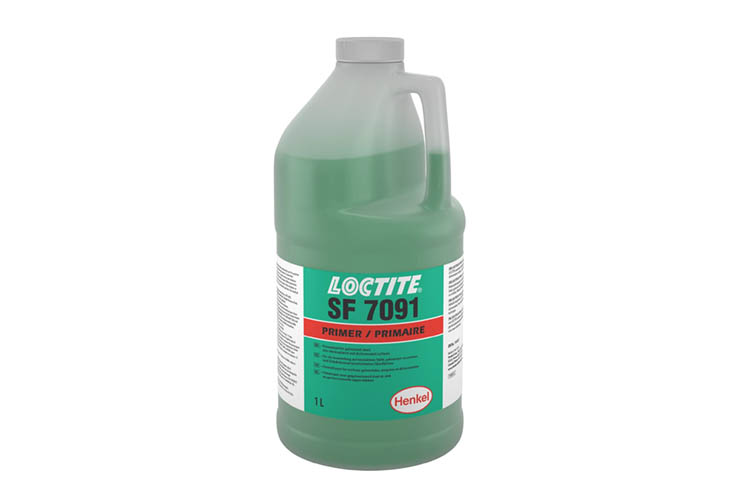
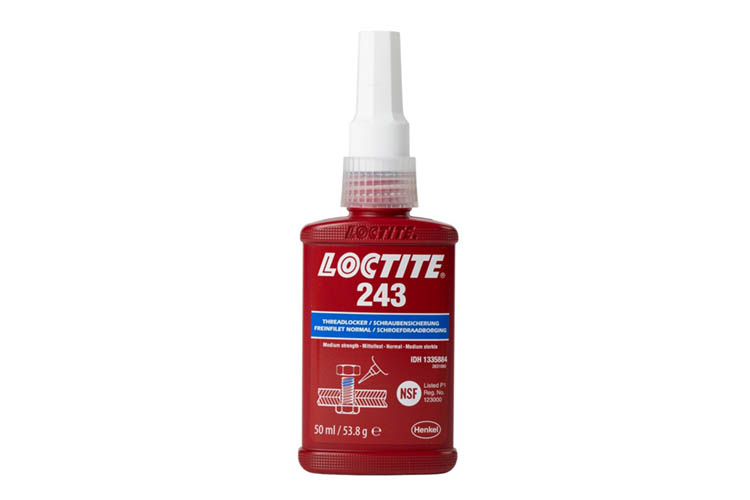
Anaerobic Adhesives.
4. Cyanoacrylate Adhesives
Also known as instant glue or Superglue. They are based on the polymerisation of cyanoacrylate, which is a clear, viscous liquid that reacts with moisture in the air to form a hard, solid polymer.
They are very popular due to their ease of use, quick drying ability, fast and strong bonding on a wide variety of materials, including plastics, metals, rubbers, ceramics and wood.
It is important to note that these adhesives can be difficult to handle and should be applied with care to avoid sticking to fingers or other unwanted objects. In addition, cyanoacrylate adhesives can be sensitive to moisture and may require a dry environment to properly bond materials.
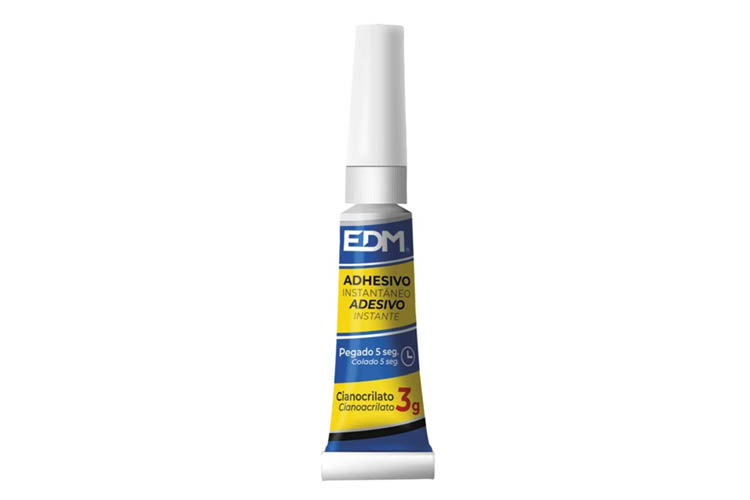
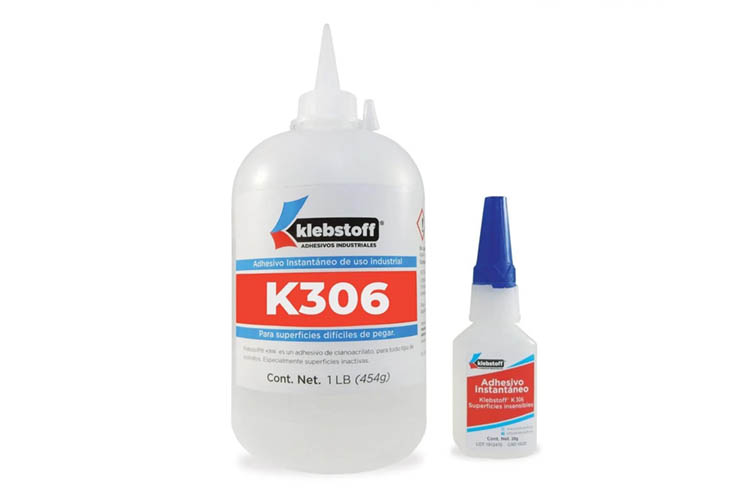
Cyanoacrylate Adhesives.
5. Contact Adhesives
Composed of a mixture of resins, solvents and other additives, they are one-component adhesives. They are applied to one or both surfaces and allowed to dry for a certain time before bonding the two surfaces together. Once the surfaces are joined, the bond is immediate and can withstand loads and stresses.
They are widely used in the furniture industry, shoe manufacturing and in carpentry and construction applications. They are also used in the manufacture of laminates, panels and wall coverings.
It is important to note that contact adhesives are highly flammable and should be handled with caution. It is also important to follow the manufacturer’s instructions and use appropriate personal protective equipment when handling these adhesives.
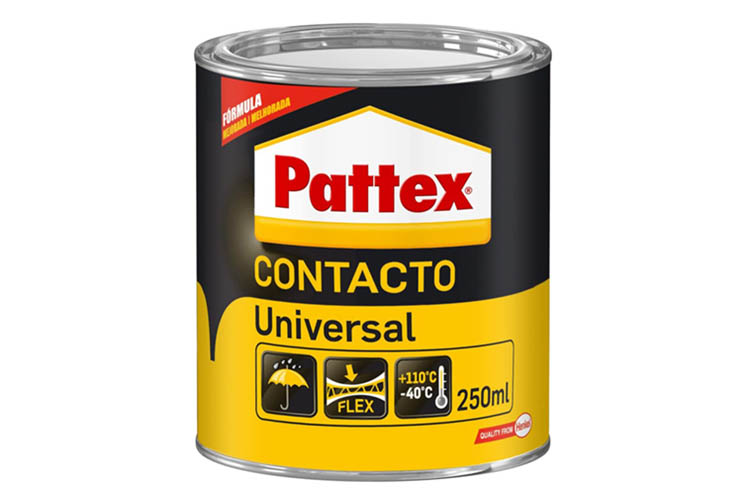
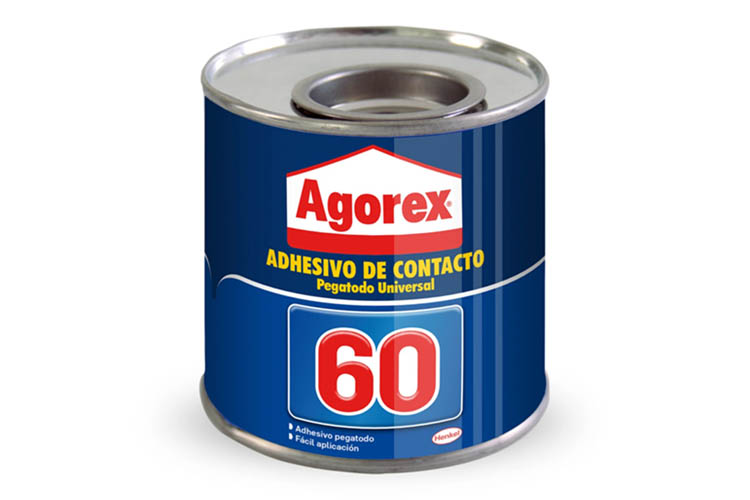
Contact Adhesives.
6. Phenolic Adhesives
Thermosetting adhesives that are composed of phenolic resins and hardeners. Phenolic resins are produced from phenols and aldehydes, such as formaldehyde. When combined with a hardener, they form an adhesive that cures under high temperature and pressure conditions. This process is irreversible and creates a strong, permanent bond between the materials. They are known for their high strength, durability and ability to bond a wide variety of materials.
One of the advantages of phenolic adhesives is their resistance to moisture and chemicals, making them ideal for applications in harsh environments. They are also temperature and fire resistant, making them suitable for aerospace and defence applications.
However, phenolic adhesives have low flexibility and can crack if subjected to repeated stresses or if applied in thick layers. In addition, they can be toxic during the curing process due to the formaldehyde used in their production, which requires the use of appropriate personal protective equipment.
They are used in the manufacture of plywood products, high-pressure laminates, fibreglass panels and thermal insulation products. They are also used in the construction industry, as structural adhesives for steel and for bonding precast concrete panels.
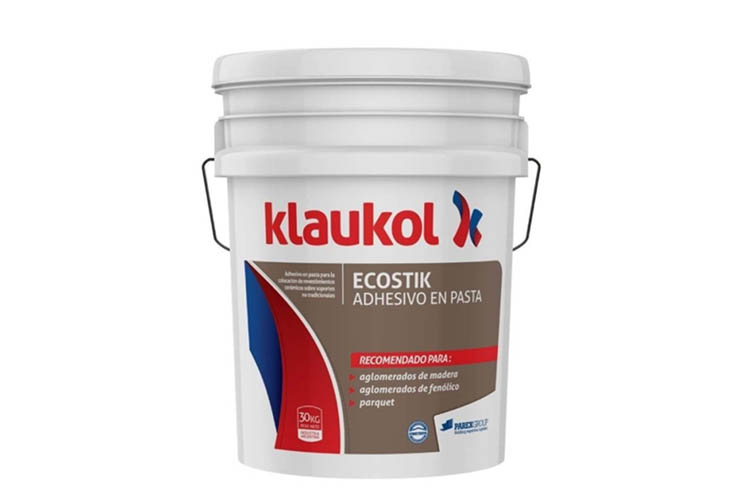
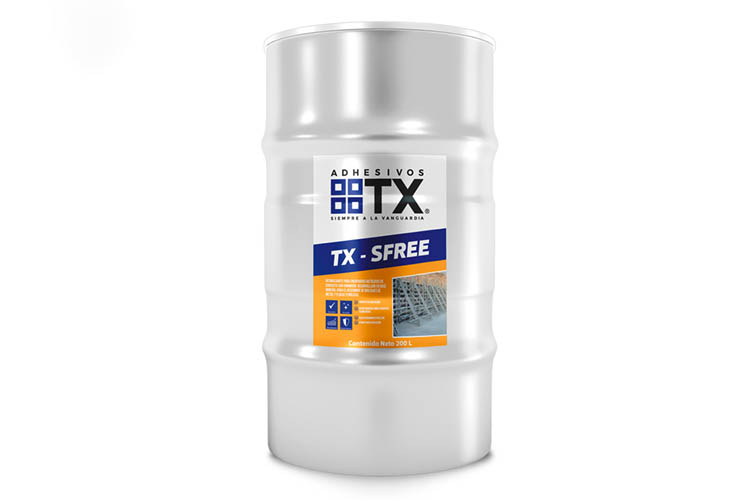
Phenolic Adhesives.
7. Epoxy Adhesives
Petroleum-derived, two-component structural adhesives consisting of a resin and a hardener. These two components are mixed in specific proportions prior to application and form a strong and durable bond after curing.
Epoxy adhesives are known for their high tensile and compressive strength, as well as their excellent chemical and thermal resistance. They are ideal for applications requiring a strong and durable bond, such as in the aerospace, automotive and construction industries. They are commonly used to join metals, ceramics, glass, plastics, wood and other materials. They are also used to repair broken or cracked parts, and to fill gaps and cracks in uneven surfaces.
It is important to note that epoxy adhesives can be toxic and require careful handling. They also have a limited working time before they harden, so it is important to plan and prepare surfaces before application.
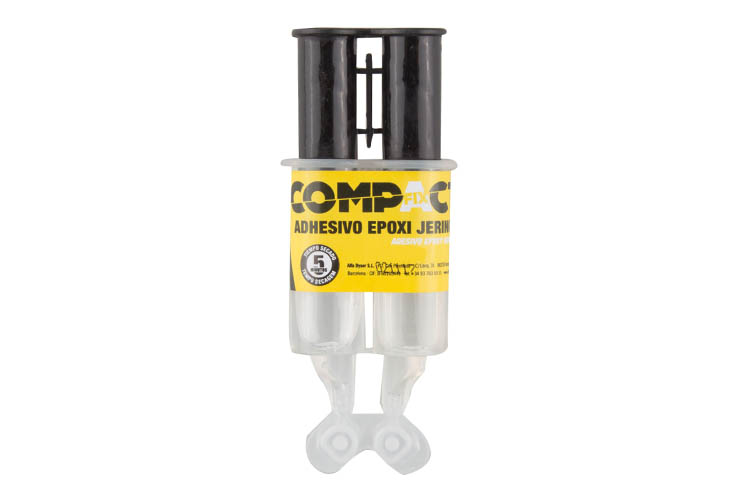
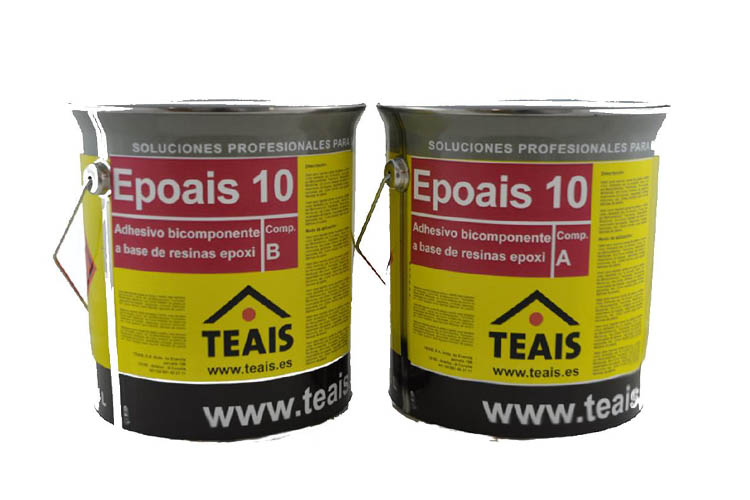
Epoxy Adhesives.
8. Polyurethane Adhesives
A type of structural adhesive used in a variety of industrial applications. They consist of two components: a resin and a hardener, which are mixed just prior to application. They can be fast curing or slow curing, allowing users to select the right type of adhesive for their specific application.
Polyurethane adhesives offer a strong bond to a wide variety of materials, including metals, plastics, wood, ceramics and glass. They are especially useful for bonding dissimilar materials, such as metal to plastic or wood to metal. They have high tensile and flexural strength, making them ideal for applications where high mechanical strength is required.
They also have high resistance to temperature, water, chemicals, and UV rays, making them ideal for outdoor applications.
They are an excellent choice for automotive, aerospace, construction and general manufacturing applications.
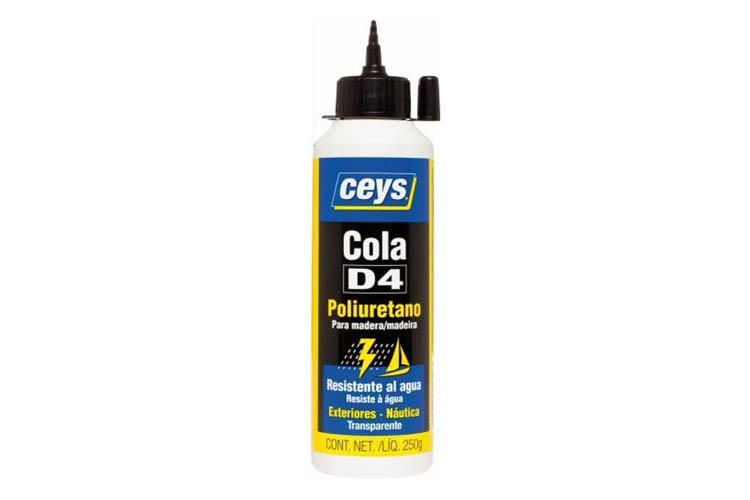
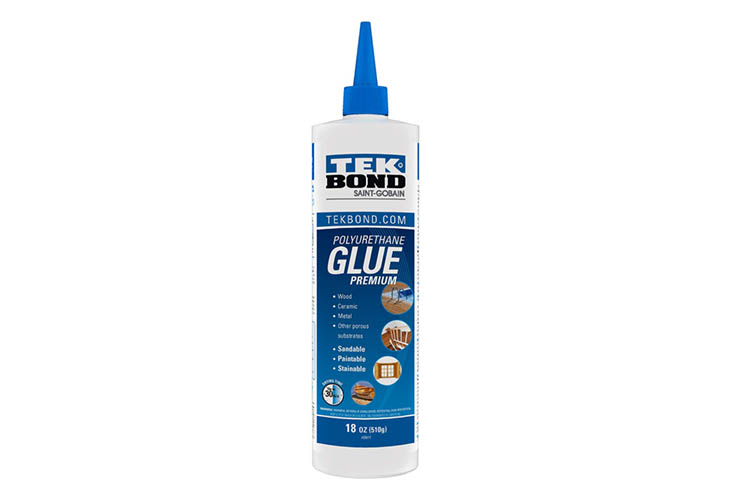
Polyurethane Adhesives.
9. Polyimide Adhesives
A type of thermosetting adhesive consisting of a polyimide resin and a hardener. Polyimide is a thermoset polymer that is known for its high temperature and fire resistance, as well as its excellent chemical and mechanical strength.
It cures through a thermal polymerisation process, which is irreversible and creates a strong and permanent bond between the materials. However, because polyimide is a rigid and brittle material, polyimide adhesives can have low tensile and flexural strength compared to other types of adhesives.
They can withstand extremely high temperatures of up to 300°C or more, and are also resistant to radiation, making them ideal for use in aerospace and nuclear applications. They are also known for their ability to bond dissimilar materials, such as metals, glass, ceramics and plastics.
They are used in a wide variety of applications in the electronics, automotive and defence industries. They are ideal for bonding electronic and electrical components that are subjected to high temperatures, vibration and harsh environments.
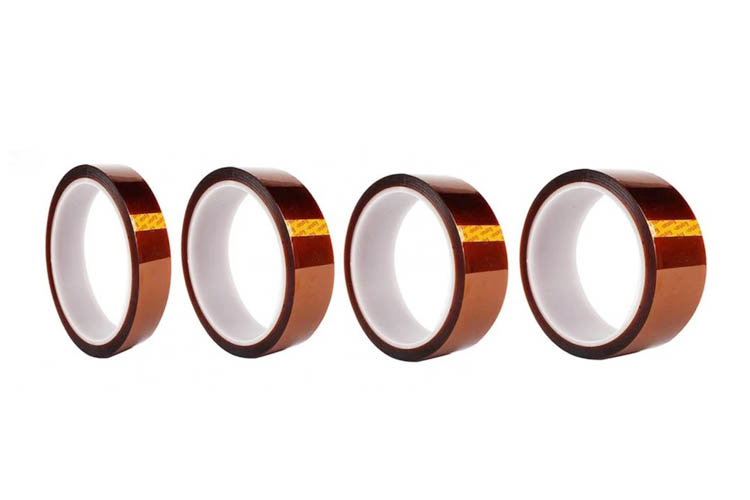
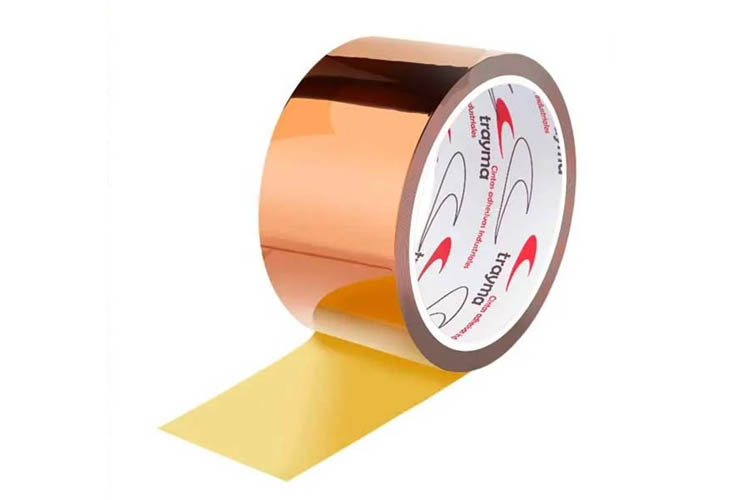
Polyimide Adhesives.
10. Silicone Adhesives
These are composed of a silicone polymer, together with additives and fillers that enhance the properties of the adhesive. They can be divided into two categories:
- Silicone adhesives cured at room temperature.
- Heat-cured silicone adhesives.
The former cure at room temperature and adhere to a wide variety of surfaces, including plastics, glass, metals and textiles. These adhesives have excellent sealing capabilities and are ideal for applications where moisture resistance and high flexibility are required.
Heat cures harden at high temperatures and are used for bonding high strength materials such as metals and glass. These adhesives have high temperature and chemical resistance and are ideal for automotive, aerospace and electronics applications.
In general, silicone adhesives offer a strong bond to a wide variety of surfaces and are a good choice for applications where high temperature, water and chemical resistance as well as high flexibility and sealability are required.
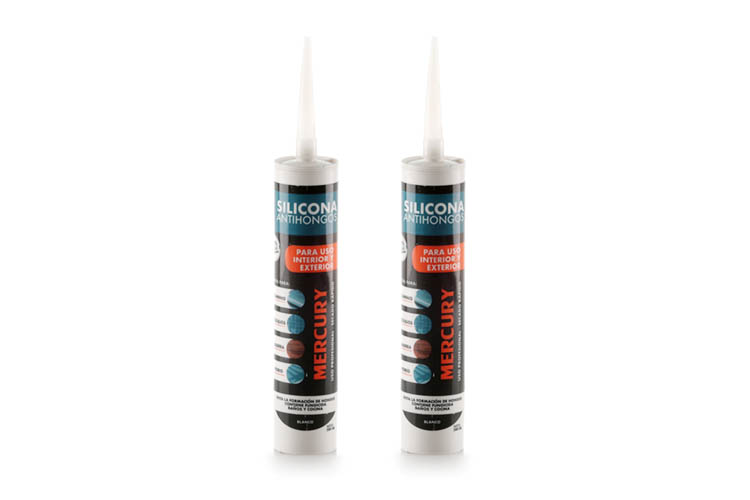
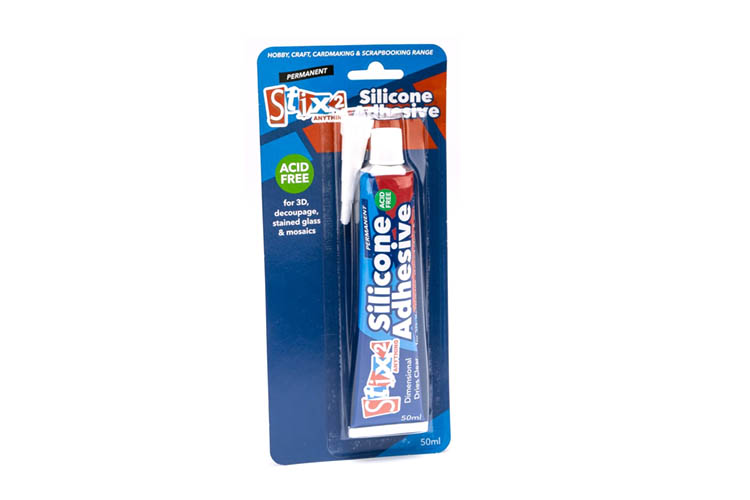
Silicone Adhesives.
11. Pressure Sensitive Adhesives. (PSA)
They consist of an adhesive layer, a backing layer and, in some cases, a protective coating layer. They may be acrylic, rubber, silicone or a combination of these materials. They adhere to the surface of a material by applying light force, such as finger pressure. They do not require heat, water or other activators to adhere, making them quick and easy to use.
They are used in a wide variety of applications, including labels, adhesive tapes, wound strips, incontinence pads and many other consumer products. They are also used in industrial applications, such as in the bonding of automotive parts, solar panels, medical and electronic devices, and in the manufacture of building products.
The choice of the appropriate PSA adhesive type will depend on the specific characteristics and needs of the application in question, such as durability, weather, temperature and chemical resistance. It is also important to consider the type of material to which the adhesive is to be bonded.
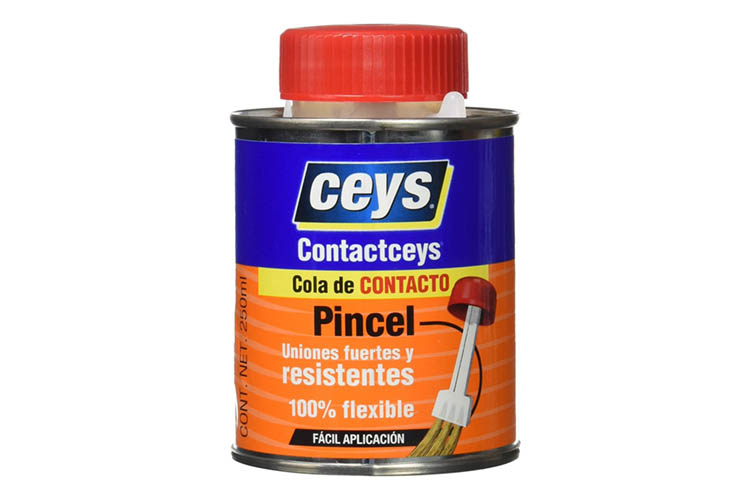
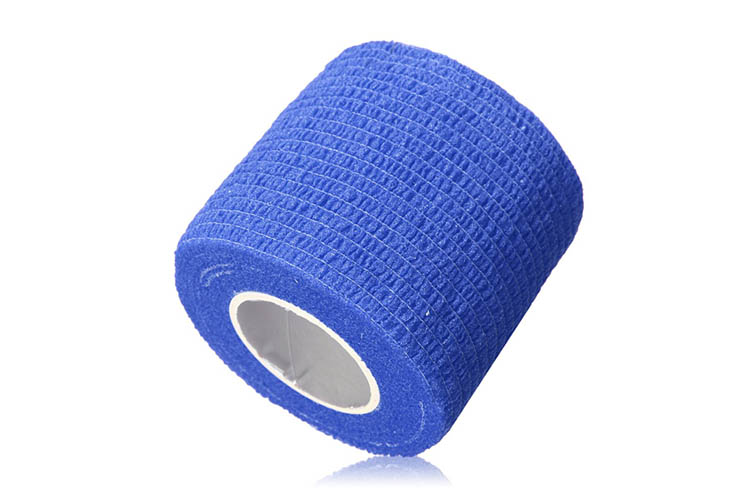
Pressure Sensitive Adhesives. (PSA)
12. Hot Melt Adhesives
Also known as hot melt adhesives, these are solid adhesives that are applied hot and solidify on cooling. They are manufactured from thermoplastic polymers that melt at high temperatures and are applied in the form of pellets, granules or sticks. When heated, these adhesives melt and become liquid, allowing them to be applied.
One of their main advantages is their fast and strong bonding ability, which makes them ideal for applications that require fast and reliable bonding. They are also very versatile and can bond a wide variety of materials, including plastics, metals, wood and paper. Another advantage is their ease of use, as they can be applied with electric or manual glue guns. They can also be used in large volumes, making them a cost-effective option for mass production.
They are used in a wide variety of industrial applications, from the manufacture of textiles and paper products to the production of electronic and automotive components.
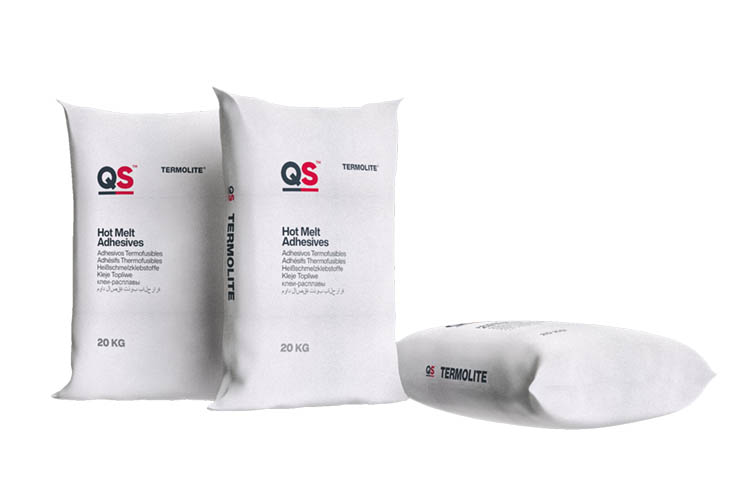
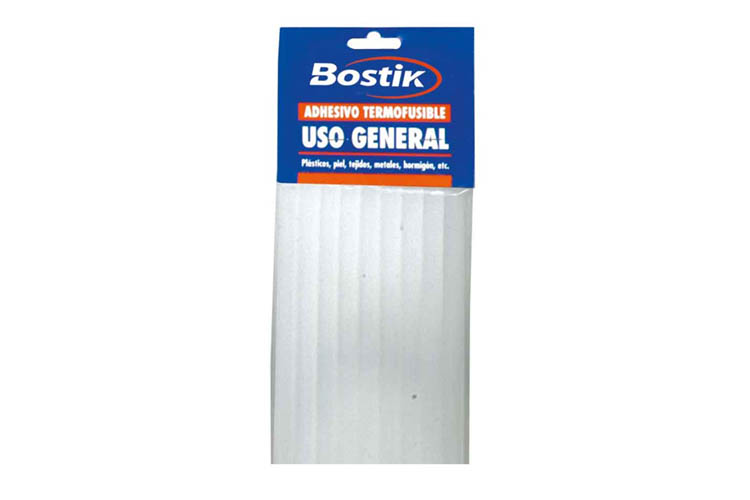
Hot Melt Adhesives.
Conclusions
Industrial adhesives are an important tool in product manufacturing and infrastructure construction. They offer several advantages compared to other bonding methods, such as versatility, uniform stress distribution, cost reduction and invisible bonding. Adhesives are also a cleaner and greener alternative to other joining methods, making them environmentally attractive. In addition, adhesives can provide specific properties, making them suitable for a wide range of applications in different industries. In summary, industrial adhesives are a valuable and constantly evolving technology that can improve the quality, efficiency and sustainability of production and construction.
